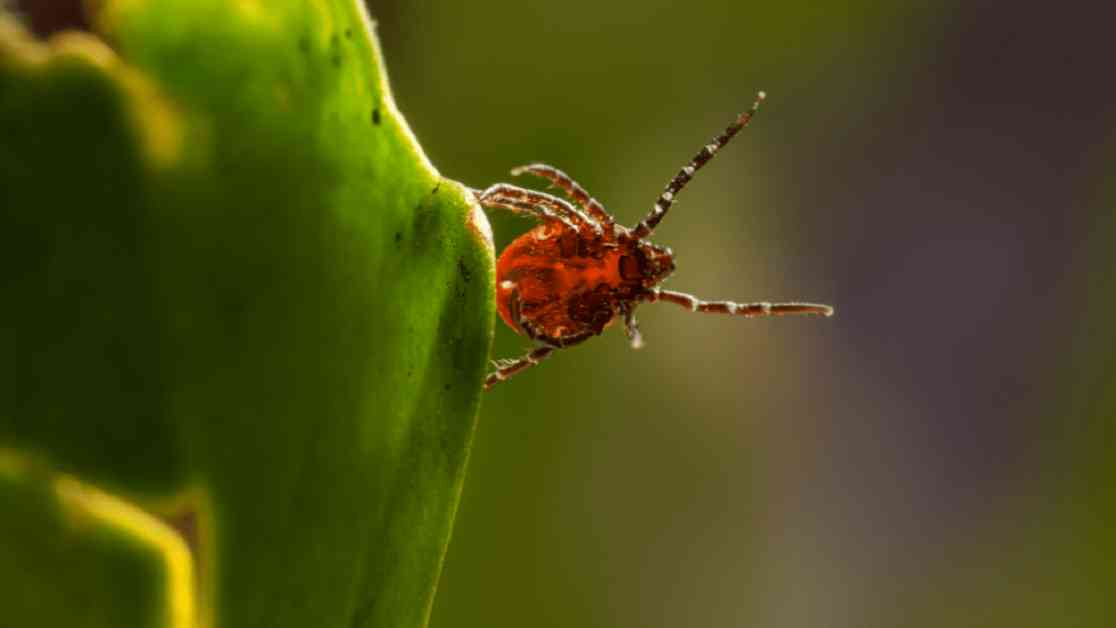So, like, ticks are totally on the rise in the US, according to the CDC. Apparently, with longer summers and milder winters, these bloodsucking critters are living their best lives and multiplying like crazy. In 2024, emergency rooms reported a whopping 112 tick bites per 100,000 visits during peak season, which is the highest it’s been since May 2019. Yikes!
The CDC’s Tick Bite Data Tracker, analyzed by Northwell Health and Stacker, shows that ticks are loving the warmer, humid conditions above 45 degrees Fahrenheit. The Northeast is leading the pack with 99 tick bites per 100,000 visits, but the Midwest, especially places like Minnesota and Wisconsin, are seeing a massive growth in tick populations. Wisconsin’s warmer winter triggered tick activity as early as February, which is way ahead of schedule. And apparently, the rising deer population is just adding fuel to the fire.
Ticks, those creepy eight-legged creatures related to spiders, latch onto warm-blooded hosts like humans, dogs, and cats to feast on blood and potentially spread dangerous bacteria through their saliva. Lyme disease, the most common tick-borne illness, has skyrocketed fivefold since the 1990s, with reported cases jumping from 3.74 per 100,000 people to 18.9 in 2022. And get this, adults over 65 are really at risk. Other diseases like Rocky Mountain spotted fever and Alpha-gal syndrome (a red meat allergy) are also linked to these pesky tick bites.
If you find a tick hanging out on your skin, the CDC says you should remove it with tweezers by grabbing it close to the skin and pulling upward without twisting it. Make sure to clean the bite area with soap and water or rubbing alcohol afterwards. And when it comes to getting rid of the tick, soak it in alcohol, seal it in a plastic bag, and toss it in the trash or flush it down the toilet. Easy peasy, right?
The increase in tick bites isn’t just a random occurrence. Urban areas like overgrown parking lots are becoming new tick havens, and even states that weren’t traditional hotspots are seeing more tick sightings. The CDC has noted that climate shifts and growing host populations are driving this trend. So, if you’re planning on hitting up places like Point Lookout State Park in Maryland, where ticks love to hang out in the grass and woods, make sure to take some extra precautions, especially during peak tick season from spring to fall. Stay safe out there, folks!

















